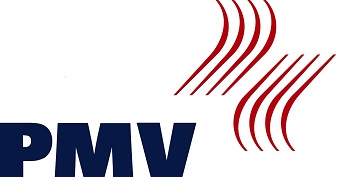Paper, in particular, offers outstanding potential for biobased applications in the construction sector. It can be produced at low cost, consists mainly of renewable raw materials, offers very good strength properties based on its weight, can be produced as a flat material but also with high porosity or even as foam and is relatively easy to functionalize chemically. For applications such as facade elements with high thermal insulation or as shell structural elements, however, today's products lack three-dimensional formability, compressive strength, weather resistance, long-term resistance, and other properties. The LOEWE focus aims to eliminate the remaining deficits concerning the basic principles, to exploit synergies from the disciplines involved and to develop a systematic development methodology along the material processing chain. This requires new design approaches for industrial production and individualizable shaping, familiar material properties must be adapted to the new requirements and further developed, suitable characterization methods developed and material data generated. This will make it possible to use scientifically proven methods to design new paper structures that are suitable for materials, production, and use.
Paper Technology and Mechanical Process Engineering

Innovative, fibre-based products
Innovative, fibre-based products
In the field of innovative, fibre-based products, we are investigating new application possibilities for paper fibre material at PMV.


